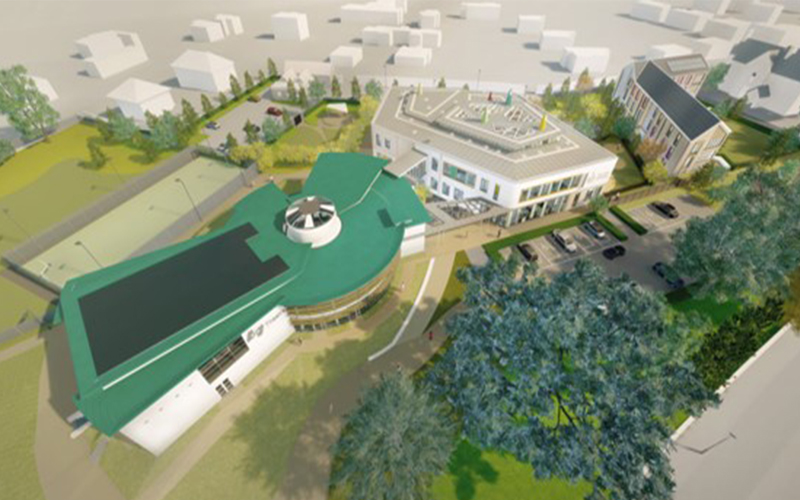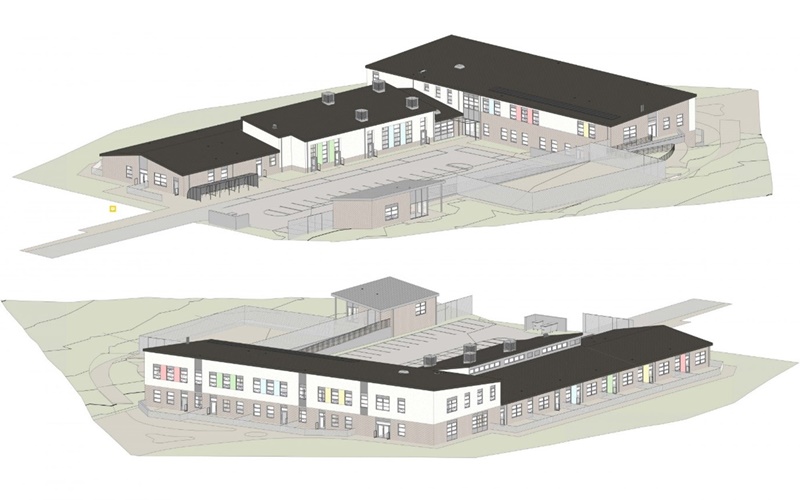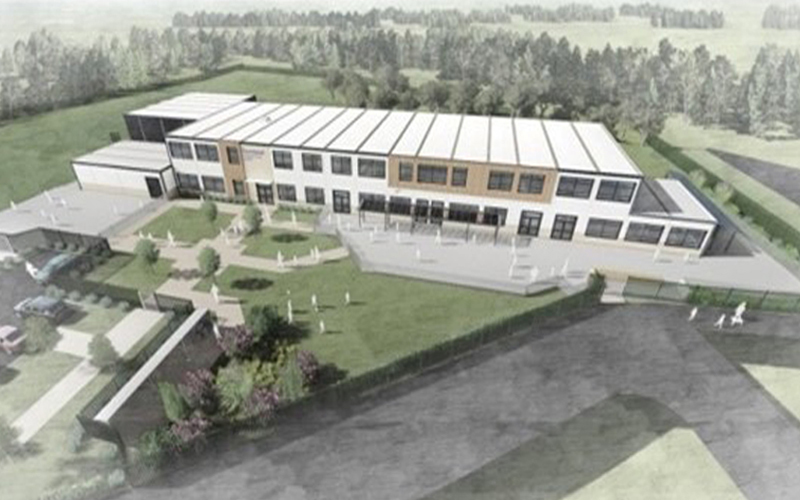Copper Data Cabling is the most common type of cabling Lantech install. Structured Ethernet cabling, in the walls, floors and ceilings, have solid copper conductors and can support longer distances as opposed to stranded copper conductors, that you would find in a Patch Leads, usually for shorter distances up to 10m. This is very different from Copper Clad Aluminium (CCA) which has very different characteristics from solid copper. CCA cables should be avoided especially if you intend to have devices that require power to be sent over the Ethernet cable, PoE.
Cat 5e, Cat 6 and Cat 6a are the most common types of cable. They have distinct properties.
- CAT 5e standard, ANSI/TIA/EIA-568-B.2, has been around since 2001 and so is the most commonly installed twisted pair cable standard installed offering speeds up to 1 Gigabit.
- CAT 6
- CAT 6a (the 'a' stands for augmented)
All three types use the same type of connector, an RJ45.
Stranded copper is used in a patch or fly leads, the cables are more flexible because they are stranded. Patch and Fly Leads are usually supplied as pre-manufactured and are available in many colours and come complete with protective boots over the RJ45 connector.
Ideally, you would use a patch lead that is of the same type as the structured cable i.e. a Cat 6 patch lead with a Cat 6 structured cabling system. Although you can physically connect a Cat 5e patch lead to a Cat 6 system you will potentially degrade the performance.
- Patch Leads are the short cables used in the cabinet providing links between the Network Switch and the Patch Panel. Cable management strips can help to keep the cable neat and tidy.
- Fly leads are longer versions providing the connection between the outlet point and the device to be connected to the network, available in a rainbow of colours and standard lengths 1,2,3,5,7 and 10m. 10m is the longest premade cable.
Lantech hold a DSX 8000 cable analyser which is certified to CAT8 which enables them to quickly identify faults or sign off new installations.






